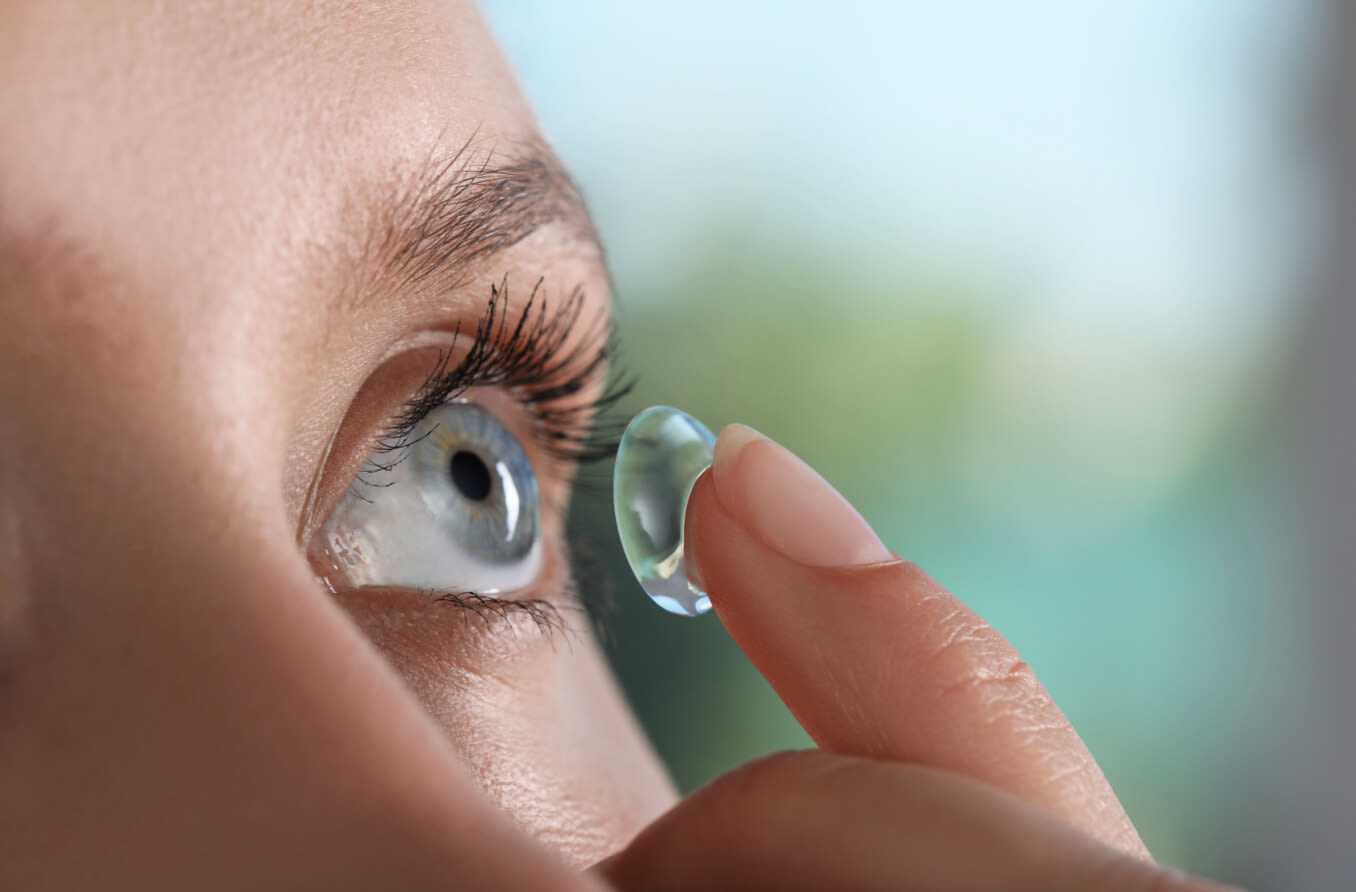Contact lenses have transformed vision correction, offering a practical and stylish alternative to traditional eyeglasses. These small, curved discs may be less conspicuous than glasses, but they provide a range of options to address various vision needs and lifestyles. This article delves into the different types of contact lenses, their benefits, and essential care tips to ensure optimal use.

What Are Contact Lenses?
Contact lenses are thin, circular lenses designed to sit directly on the cornea 松本清con價錢 of the eye. They correct vision by refracting light onto the retina, thereby addressing common visual impairments such as nearsightedness (myopia), farsightedness (hyperopia), astigmatism, and presbyopia. Unlike glasses, which sit away from the eyes, contact lenses offer a direct line of sight and a natural appearance.
Types of Contact Lenses
- Soft Contact Lenses
- Daily Disposable Lenses: These are meant for single-day use and are discarded each evening. They are highly convenient and reduce the risk of eye infections, as you use a fresh pair every day.
- Extended Wear Lenses: Designed for continuous wear, these lenses can be worn overnight for up to a week or a month, depending on the type. They are made from materials that allow more oxygen to reach the eye but require diligent care to avoid complications.
- Frequent Replacement Lenses: Available in weekly, biweekly, or monthly formats, these lenses require regular cleaning and disinfecting. They offer a balance between convenience and cost.
- Rigid Gas Permeable (RGP) Lenses
- Traditional RGP Lenses: Made from a rigid, oxygen-permeable material, these lenses provide sharp vision correction and are highly durable. They may require an adjustment period but are known for their long-term clarity and comfort.
- Hybrid Lenses: Combining a rigid central portion with a soft outer ring, hybrid lenses offer the visual acuity of RGP lenses with enhanced comfort.
- Toric Lenses
- Specifically designed to correct astigmatism, toric lenses have different powers in different parts of the lens to match the uneven curvature of the cornea or lens.
- Multifocal and Bifocal Lenses
- Multifocal Lenses: These lenses are designed for individuals with presbyopia, allowing them to see clearly at various distances by incorporating multiple prescriptions into one lens.
- Bifocal Lenses: Featuring two distinct optical powers, these lenses help with both near and distance vision.
- Colored and Cosmetic Lenses
- Colored Lenses: These lenses can alter the color of your eyes and can be used for both cosmetic and functional purposes, such as enhancing contrast.
- Cosmetic Lenses: Beyond changing eye color, cosmetic lenses can include patterns or special effects for theatrical or personal use.
Benefits of Contact Lenses
- Enhanced Appearance: Contact lenses offer a discreet vision correction option without the need for frames, allowing for a more natural appearance.
- Unobstructed Vision: They provide a full field of vision, free from the distortions or obstructions that can occur with eyeglass lenses.
- Active Lifestyle Compatibility: Ideal for sports and physical activities, contact lenses remain stable and do not interfere with movement.
- Convenience: Contacts do not fog up or get splashed with rain, making them practical for various environments.
Choosing the Right Contact Lenses
Selecting the appropriate contact lenses involves several factors:
- Prescription: A precise eye prescription, including corneal curvature and eye measurements, is essential. This is provided by an eye care professional.
- Lifestyle Needs: Consider your daily activities, how often you wear lenses, and any specific visual needs or conditions.
- Budget: Weigh the costs of different types of lenses and their replacement schedules. Daily disposables may be pricier per unit but could be more cost-effective considering the reduced need for cleaning solutions.
Care and Maintenance
Proper care is crucial to maintaining eye health and prolonging the lifespan of your contact lenses:
- Clean Regularly: Follow the cleaning and disinfecting protocols provided by your eye care provider. Use recommended solutions and avoid tap water.
- Adhere to Replacement Schedules: Replace lenses as directed to prevent discomfort and infections. Overusing lenses can lead to serious eye issues.
- Maintain Hygiene: Always wash your hands thoroughly before handling lenses to avoid transferring bacteria or debris.
Potential Risks and Considerations
- Infections: Inadequate lens hygiene or extended wear can lead to eye infections. Regular cleaning and following guidelines reduce this risk.
- Dryness and Discomfort: Some individuals may experience dryness or irritation, particularly in dry environments or with certain lens materials.
- Allergic Reactions: Reactions to lens materials or cleaning solutions can occur. If you experience discomfort, consult your eye care professional for alternatives.
Conclusion
Contact lenses offer a versatile and effective solution for vision correction, catering to a variety of needs and preferences. With the right type of lenses, proper care, and regular consultations with your eye care provider, you can enjoy clear vision and comfort. Whether you’re considering contact lenses for the first time or exploring new options, understanding their type

